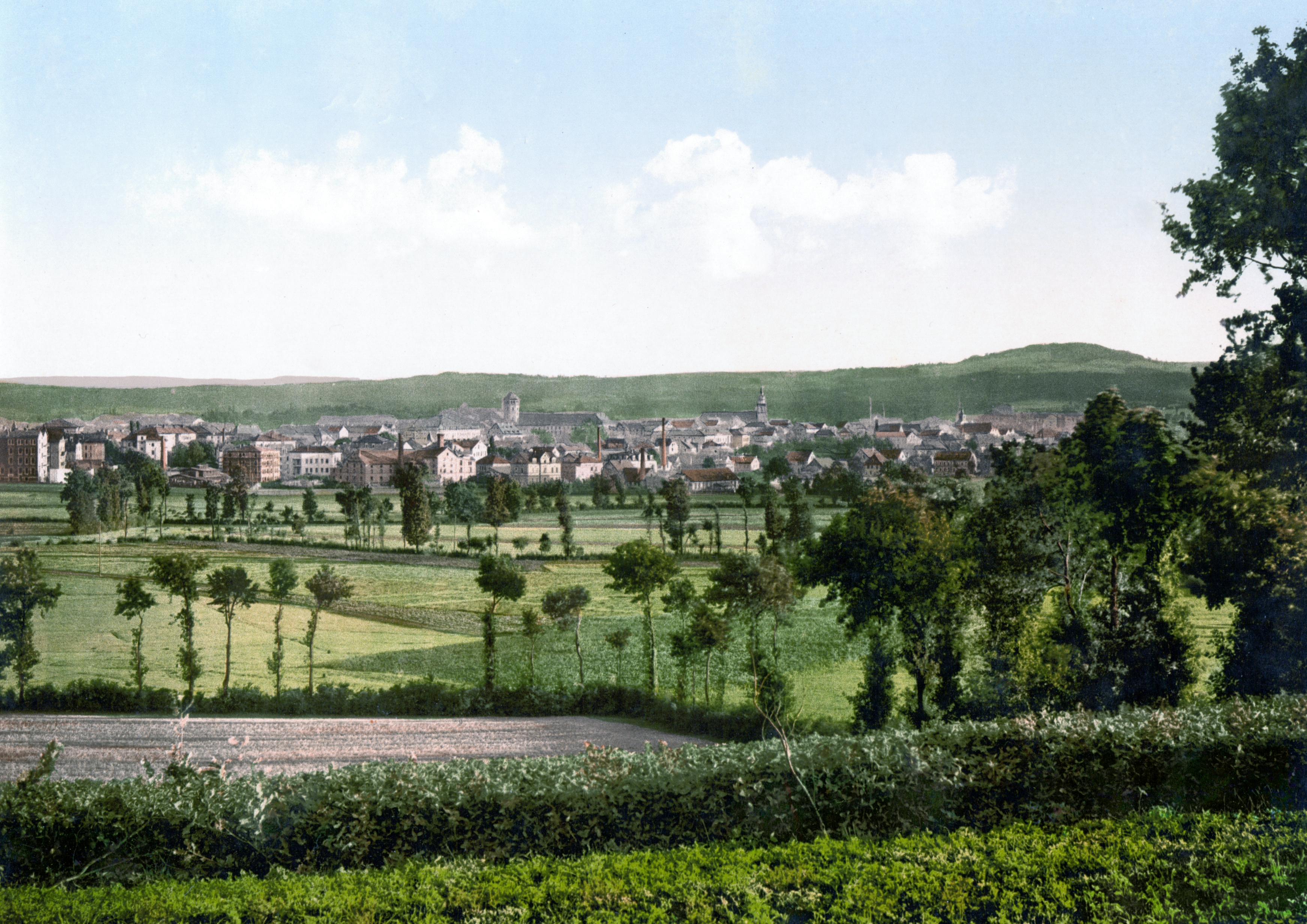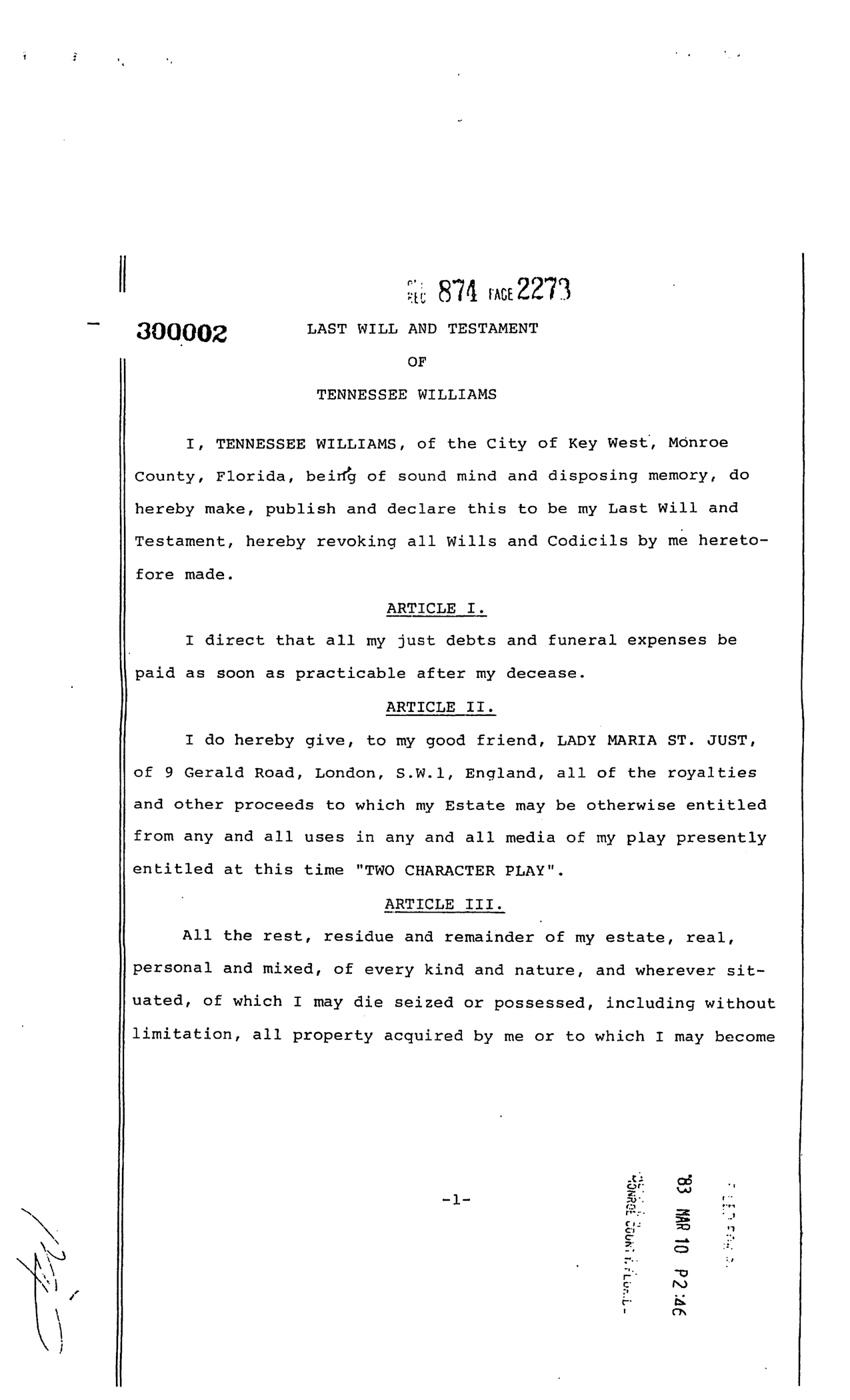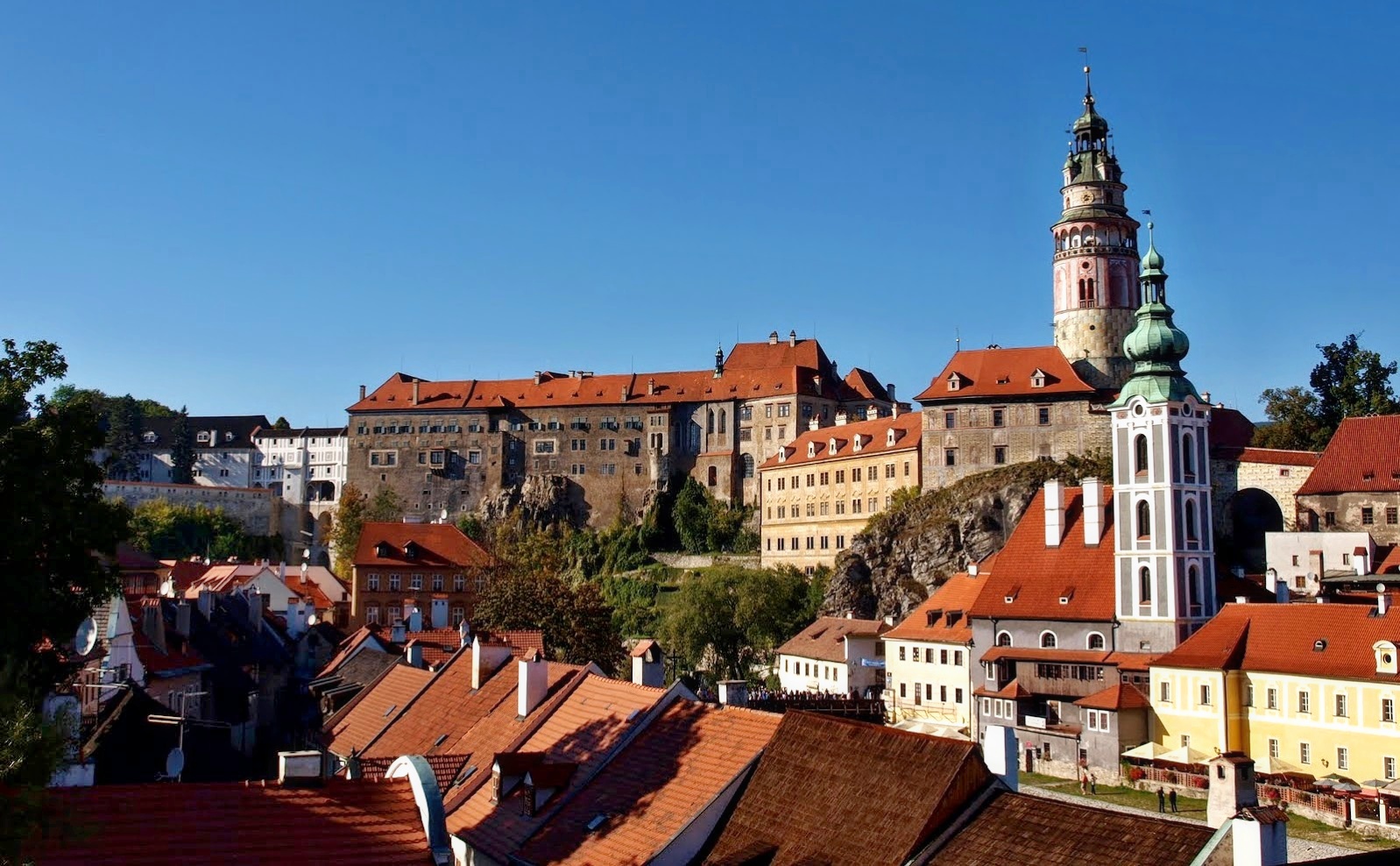|
Anna Maria Von Eggenberg, Née Brandenburg-Bayreuth
Anna Maria Princess of Eggenberg, née Brandenburg-Bayreuth (born 30 December 1609 in Bayreuth; died 8 May 1680 in Ödenburg) was a Margravine of Brandenburg-Bayreuth and, by marriage Johann Anton I von Eggenberg, a ''Fürstin'' (princess) of House of Eggenberg, Eggenberg. Life Anna Maria was a daughter of the Margrave Christian, Margrave of Brandenburg-Bayreuth, Christian von Brandenburg-Bayreuth from his marriage with Marie of Prussia, Margravine of Brandenburg-Bayreuth, Marie of Prussia, daughter of Albert Frederick, Duke of Prussia. She was married according to the Roman Catholic rite into the Duchy of Styria, Styrian noble family of House of Eggenberg, Eggenberg on 23 October 1639 in Regensburg to Prince Johann Anton I von Eggenberg, Duke of Duchy of Krumlov, Krumau, who subsequently received the opportunity to acquire the shire of Gorizia and Gradisca along the Adriatic coast two years later from his boyhood friend, Emperor Ferdinand III, Holy Roman Emperor, Ferdinand III ... [...More Info...] [...Related Items...] OR: [Wikipedia] [Google] [Baidu] |
Bayreuth
Bayreuth (, ; bar, Bareid) is a town in northern Bavaria, Germany, on the Red Main river in a valley between the Franconian Jura and the Fichtelgebirge Mountains. The town's roots date back to 1194. In the 21st century, it is the capital of Upper Franconia and has a population of 72,148 (2015). It hosts the annual Bayreuth Festival, at which performances of operas by the 19th-century German composer Richard Wagner are presented. History Middle Ages and Early Modern Period The town is believed to have been founded by the counts of Andechs probably around the mid-12th century,Mayer, Bernd and Rückel, Gert (2009). ''Bayreuth – Tours on Foot'', Heinrichs-Verlag, Bamberg, p.5, . but was first mentioned in 1194 as ''Baierrute'' in a document by Bishop Otto II of Bamberg. The syllable ''-rute'' may mean ''Rodung'' or "clearing", whilst ''Baier-'' indicates immigrants from the Bavarian region. Already documented earlier, were villages later merged into Bayreuth: Seulbitz (in 1 ... [...More Info...] [...Related Items...] OR: [Wikipedia] [Google] [Baidu] |
Ferdinand III, Holy Roman Emperor
Ferdinand III (Ferdinand Ernest; 13 July 1608, in Graz – 2 April 1657, in Vienna) was from 1621 Archduke of Austria, King of Hungary from 1625, King of Croatia and Bohemia from 1627 and Holy Roman Emperor from 1637 until his death in 1657. Ferdinand ascended the throne at the beginning of the last decade of the Thirty Years' War and introduced lenient policies to depart from old ideas of divine rights under his father, as he had wished to end the war quickly. As the numerous battles had not resulted in sufficient military containment of the Protestant enemies, and confronted with decaying Imperial power, Ferdinand was compelled to abandon the political stances of his Habsburg predecessors in many respects in order to open the long road towards the much delayed peace treaty. Although his authority among the princes was weakened after the war, in Bohemia, Hungary and the Austria, however, Ferdinand's position as sovereign was uncontested. Ferdinand was the first Habsburg mona ... [...More Info...] [...Related Items...] OR: [Wikipedia] [Google] [Baidu] |
Will (law)
A will or testament is a legal document that expresses a person's (testator) wishes as to how their property ( estate) is to be distributed after their death and as to which person ( executor) is to manage the property until its final distribution. For the distribution (devolution) of property not determined by a will, see inheritance and intestacy. Though it has at times been thought that a "will" historically applied only to real property while "testament" applied only to personal property (thus giving rise to the popular title of the document as "last will and testament"), the historical records show that the terms have been used interchangeably. Thus, the word "will" validly applies to both personal and real property. A will may also create a testamentary trust that is effective only after the death of the testator. History Throughout most of the world, the disposition of a dead person's estate has been a matter of social custom. According to Plutarch, the written will was ... [...More Info...] [...Related Items...] OR: [Wikipedia] [Google] [Baidu] |
Bohemia
Bohemia ( ; cs, Čechy ; ; hsb, Čěska; szl, Czechy) is the westernmost and largest historical region of the Czech Republic. Bohemia can also refer to a wider area consisting of the historical Lands of the Bohemian Crown ruled by the Bohemian kings, including Moravia and Czech Silesia, in which case the smaller region is referred to as Bohemia proper as a means of distinction. Bohemia was a duchy of Great Moravia, later an independent principality, a kingdom in the Holy Roman Empire, and subsequently a part of the Habsburg monarchy and the Austrian Empire. After World War I and the establishment of an independent Czechoslovak state, the whole of Bohemia became a part of Czechoslovakia, defying claims of the German-speaking inhabitants that regions with German-speaking majority should be included in the Republic of German-Austria. Between 1938 and 1945, these border regions were joined to Nazi Germany as the Sudetenland. The remainder of Czech territory became the Second ... [...More Info...] [...Related Items...] OR: [Wikipedia] [Google] [Baidu] |
Český Krumlov
Český Krumlov (; german: Krumau, , or ''Böhmisch Krumau'') is a town in the South Bohemian Region of the Czech Republic. The historic centre with the Český Krumlov Castle complex is protected by law as an urban monument reservation, and since 1992, it has been a designated UNESCO World Heritage Site because of its well-preserved Gothic, Renaissance and Baroque architecture. Administrative parts Český Krumlov is made up of town parts of Domoradice, Horní Brána, Latrán, Nádražní Předměstí, Plešivec and Vnitřní Město, and villages of Nové Dobrkovice, Nové Spolí, Slupenec and Vyšný. Etymology Krumlov has its origin in Middle High German ''Krumme Aue'', which can be translated as ''crooked meadow'', after a bend of the Vltava river. The adjective ''Český'' ("Bohemian") was added in the 15th century to differentiate it from Moravský Krumlov in south Moravia. History Thanks to the convenient location by the river, the area is permanently inhabited. The are ... [...More Info...] [...Related Items...] OR: [Wikipedia] [Google] [Baidu] |
Český Krumlov Castle
Český Krumlov Castle is a castle in Český Krumlov in the South Bohemian Region of the Czech Republic. It dates back to 1240 when the first castle was built by the Vítkovci family, the main branch of the powerful Bohemian family Rosenberg. Currently the castle is listed as a national heritage site and thus serves as a major tourist attraction. It is the second most visited castle in the Czech Republic, after Prague Castle. History By the 17th century the Rosenbergs had died out, and Holy Roman Emperor Ferdinand II gave the dominion of Krumau to Hans Ulrich von Eggenberg, naming him Duke of Krumau. After the death of Hans Ulrich's son, Johann Anton I von Eggenberg, the castle was administered for the period between 1649 and 1664 by his widow, Anna Maria. One of her two sons, Johann Christian I von Eggenberg, was responsible for the Baroque renovations and expansions to the castle, including the castle theatre now called the Eggenberg Theatre. When the male line of the ... [...More Info...] [...Related Items...] OR: [Wikipedia] [Google] [Baidu] |
Stubenberg (family)
Stubenberg is the name of a noble family from Austria documented since about 1160, with its ancestral seat at Stubenberg, Styria. The family held important posts in the Habsburg monarchy and had hereditary membership in the Hungarian House of Magnates. History Originally from Pitten in present-day Lower Austria, the family's ancestors took their residence at Stubenberg in the March of Styria about 1160. One Ulrich of Stubenberg is documented as a participant of the Fifth Crusade, killed at Damietta in 1218. The Stubenbergs established contacts to the rising House of Habsburg at an early stage and revolted against the rule of King Ottokar II of Bohemia, who finally was defeated by his Habsburg rival King Rudolf I of Germany in the 1278 Battle on the Marchfeld. Under Habsburg rule, the family members were able to restore their devastated estates; in the mid 14th century they had Neuhaus Castle (''Burg Neuhaus'') erected near Stubenberg and built Stubenberg Castle as their new residen ... [...More Info...] [...Related Items...] OR: [Wikipedia] [Google] [Baidu] |
Thirty Years' War
The Thirty Years' War was one of the longest and most destructive conflicts in European history The history of Europe is traditionally divided into four time periods: prehistoric Europe (prior to about 800 BC), classical antiquity (800 BC to AD 500), the Middle Ages (AD 500 to AD 1500), and the modern era (since AD 1500). The first early ..., lasting from 1618 to 1648. Fought primarily in Central Europe, an estimated 4.5 to 8 million soldiers and civilians died as a result of battle, famine, and disease, while some areas of what is now modern Germany experienced population declines of over 50%. Related conflicts include the Eighty Years' War, the War of the Mantuan Succession, the Franco-Spanish War (1635–1659), Franco-Spanish War, and the Portuguese Restoration War. Until the 20th century, historians generally viewed it as a continuation of the religious struggle initiated by the 16th-century Reformation within the Holy Roman Empire. The 1555 Peace of Augsburg atte ... [...More Info...] [...Related Items...] OR: [Wikipedia] [Google] [Baidu] |
Habsburg Hereditary Lands
The ''Erblande'' ("Hereditary Lands") of the House of Habsburg formed the Alpine heartland of the Habsburg monarchy.Kann, ''Habsburg Empire'', 1–4. They were the hereditary possessions of the Habsburgs within the Holy Roman Empire from before 1526. The ''Erblande'' were not all unified under the head of the dynasty prior to the 17th century. They were divided into several groupings: the Archduchy of Austria, Inner Austria, the County of Tyrol, and Further Austria.Ingrao, ''Habsburg Monarchy'', 5–9. The ''Erblande'' did not include either the Lands of the Bohemian Crown or the Lands of the Hungarian Crown, since both monarchies were elective when the Habsburg Ferdinand I was elected to their thrones in 1526. Ferdinand divided the ''Erblande'' between his three heirs in 1564 and they were not reunited until 1665. The ''Erblande'' were gathered into the Austrian Circle in 1512. This ensured a direct connection between the junior lines of the Austrian Habsburgs and the Empire ... [...More Info...] [...Related Items...] OR: [Wikipedia] [Google] [Baidu] |
Counter-Reformation
The Counter-Reformation (), also called the Catholic Reformation () or the Catholic Revival, was the period of Catholic resurgence that was initiated in response to the Protestant Reformation. It began with the Council of Trent (1545–1563) and largely ended with the conclusion of the European wars of religion in 1648. Initiated to address the effects of the Protestant Reformation, the Counter-Reformation was a comprehensive effort composed of apologetic and polemical documents and ecclesiastical configuration as decreed by the Council of Trent. The last of these included the efforts of Imperial Diets of the Holy Roman Empire, heresy trials and the Inquisition, anti-corruption efforts, spiritual movements, and the founding of new religious orders. Such policies had long-lasting effects in European history with exiles of Protestants continuing until the 1781 Patent of Toleration, although smaller expulsions took place in the 19th century. Such reforms included the foundation ... [...More Info...] [...Related Items...] OR: [Wikipedia] [Google] [Baidu] |
Ferdinand II, Holy Roman Emperor
Ferdinand II (9 July 1578 – 15 February 1637) was Holy Roman Emperor, King of Bohemia, King of Hungary, Hungary, and List of Croatian monarchs, Croatia from 1619 until his death in 1637. He was the son of Charles II, Archduke of Austria, Archduke Charles II of Inner Austria and Maria Anna of Bavaria (1551–1608), Maria of Bavaria. His parents were devout Catholic Church, Catholics, and, in 1590, they sent him to study at the University of Ingolstadt, Jesuits' college in Ingolstadt because they wanted to isolate him from the Lutheranism, Lutheran nobles. In July that same year (1590), when Ferdinand was 12 years old, his father died, and he inherited Inner Austria–Duchy of Styria, Styria, Duchy of Carinthia, Carinthia, Duchy of Carniola, Carniola and smaller provinces. His cousin, the childless Rudolf II, Holy Roman Emperor, who was the head of the Habsburg family, appointed regents to administer these lands. Ferdinand was installed as the actual ruler of the Inner Austria ... [...More Info...] [...Related Items...] OR: [Wikipedia] [Google] [Baidu] |
Hans Ulrich Von Eggenberg
Prince Hans Ulrich von Eggenberg (156818 October 1634) was an Austrian statesman, a son of Seyfried von Eggenberg, Lord of Erbersdorf (1526-1594), and great-grandson of Balthasar Eggenberger (died 1493). He was a prominent member of the House of Eggenberg and gained the title of Duke of Krumau. Biography Hans Ulrich von Eggenberg may only have been of simple parentage and had a Protestant upbringing, but by his own means, he succeeded in becoming one of the most influential Catholic princes in the Holy Roman Empire within just a few decades, outshining even his successful cousin, Ruprecht von Eggenberg. His career, however, developed too quickly and too successfully for it to go unnoticed and unenvied. Contemporaries and historians have had differing opinions regarding Eggenberg's character: seeing him as a man ... who is successful at everything he does, a fellow of good fortune, with a reputation of being completely loyal to the Emperor, highly gifted and reliable, but also a ... [...More Info...] [...Related Items...] OR: [Wikipedia] [Google] [Baidu] |







